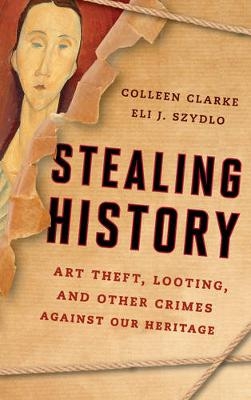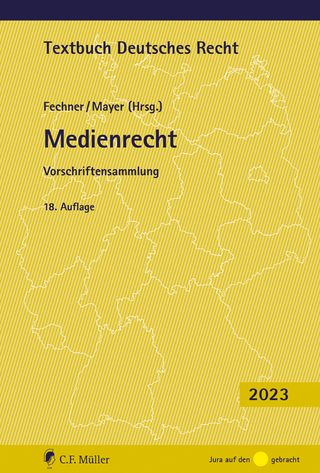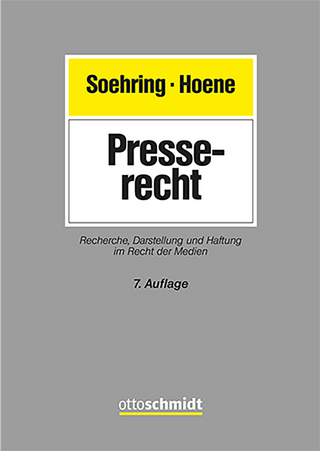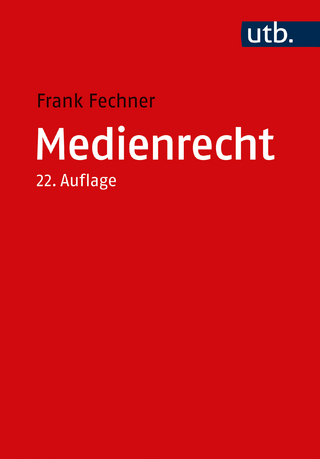
Stealing History
Rowman & Littlefield (Verlag)
978-1-4422-6079-5 (ISBN)
When compared to terrorism, drugs and violent crimes that occupy the news today art is not considered as important. But, as it turns out, art and cultural crime is currently ranked as the third-largest criminal enterprise in the world. What exactly is art crime? Why does art matter? And what is law enforcement doing to prevent this crime today? Due to the misleading portrayal of art crime in the entertainment industry people have the flawed belief that art and cultural crime doesn’t damage anyone in a direct way. And the truth of the matter is that this crime results in the loss of billions of dollars annually.
Art and cultural crime is not simply focused on museums or private displays, the loss of art directly affects our cultural identity and history. Napoleon moved from one region to the next collecting art and sending as much as possible back to France. The Nazis looted cultural property from every territory they occupied. And there have been various cases of ISIL and ISIS destroying archaeological sites as a method of destroying any evidence of past culture or history that disagree with their own.
With the United States being the largest market for both legal and illicit artwork in the world more preventative attention from law enforcement and security is needed for our country to meet international standards and end detrimental art crimes. In Stealing History, Colleen Clarke and Eli J. Szydlo look at the history behind art crime, how these crimes have grown over the last half century, and what law enforcement has been involved in protecting the world from these crimes.
Colleen Margaret Clarke, PhD, is a professor and former director of the Law Enforcement Program at Minnesota State University, Mankato. She contributed to Encyclopedia of Street Crime in America (Sage, 2013) and The Encyclopedia of Criminology and Criminal Justice (Wiley, 2013). And has written many articles on law enforcement and policing, in such publications as National Social Science Journal, International Journal of Police Strategies & Management and Law Enforcement Executive FORUM. She was formerly a police officer with the Thunder Bay Police Department before transferring to the business and ventures division, and then to her current career of teaching law enforcement and criminal justice. Eli J. Szydlo received his background in law enforcement from his undergraduate studies at Minnesota State University, Mankato, and from over three years of volunteering as a reserve sergeant for the Northfield Police Department. He developed a background in the arts, from three semesters at the Kansas City Art Institute, prior to completing his degree at Minnesota State University, Mankato; and first encountered the field of art crimes at the Perpich Center for Arts Education, a Minnesota Arts education high school.
Introduction
1: Medias Portrayal of Art Crime
2: Why Does Art Matter?
3: What is Art Crime?
4: History of Art, and Art Related Crimes
5: Cultural Differences Between United States and Europe, and How it Affects Art Crime
6: Looting of Art and Archaeological Sites
7: Economic Impact of Art and Art Related Crimes
8: Museums: Our Identity and Culture
9: Police Demands, Scrutiny, Education, And The Future
10: Ways in Which Law Enforcement Can Focus on Art Crimes
11: Security & Policing in Art Crime Throughout the World
12: Growth of Art Crime, and Art Crime Prevention
Bibliography
| Erscheinungsdatum | 23.04.2017 |
|---|---|
| Verlagsort | Lanham, MD |
| Sprache | englisch |
| Maße | 157 x 239 mm |
| Gewicht | 408 g |
| Themenwelt | Literatur ► Biografien / Erfahrungsberichte |
| Kunst / Musik / Theater | |
| Recht / Steuern ► EU / Internationales Recht | |
| Recht / Steuern ► Privatrecht / Bürgerliches Recht ► Medienrecht | |
| ISBN-10 | 1-4422-6079-3 / 1442260793 |
| ISBN-13 | 978-1-4422-6079-5 / 9781442260795 |
| Zustand | Neuware |
| Haben Sie eine Frage zum Produkt? |
aus dem Bereich


